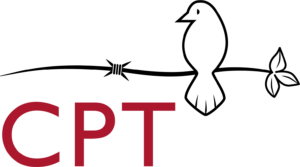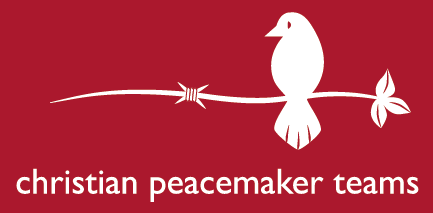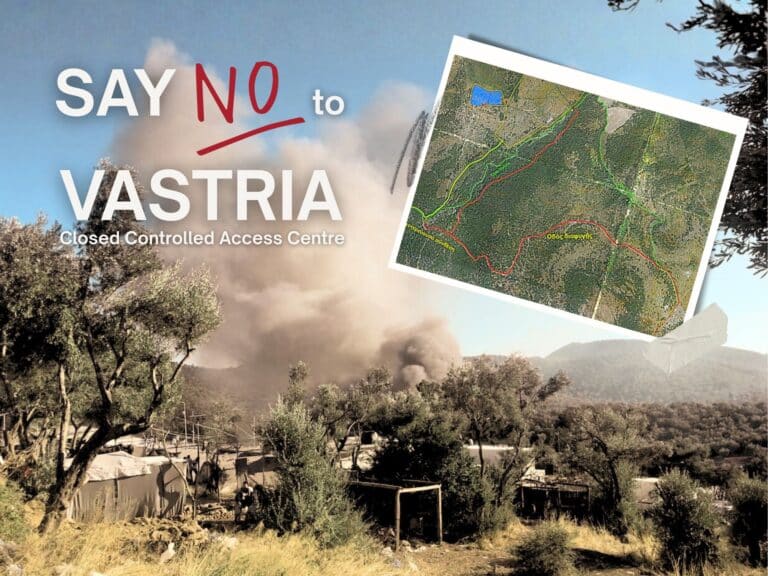by Gene Stoltzfus, CPT Director Emeritus
On June 3, AbitibiBowater announced plans to stop its logging operations in the Whiskey Jack forest, the region claimed by Grassy Narrows (Asubpeeschoseewagong) First Nation (GNFN), because the province of Ontario has entered into a new four-year consultation process with GNFN regarding the future management of the forest.
This process is the outcome of a long campaign that began December 2, 2002 with a blockade on a logging road adjacent to Grassy Narrows. The blockaders started a sacred fire and moved the community school to the blockade site. CPT responded to an invitation to accompany that blockade and shared in the nightly vigils around the fire. Community members told and retold stories from the old days when the plants and animals in the forest sustained the life of the Nation.
Ten years ago, when I first visited Grassy Narrows, I was struck by the tired, sad faces of people there. Years later, I met a unified community with a sense of momentum and hope. Youth groups confronted trappers and hunters who had no permission to operate on GNFN’s traditional lands. Women’s groups delivered eviction notices to loggers and miners who arrived unannounced and without appropriate consultation. Other community leaders engaged in sustained discussions and negotiations with government agencies. Aboriginal communities from throughout the region and beyond watched Grassy Narrows and learned from their struggle for land rights.
The GNFN blockade illuminates many ingredients of a successful direct action campaign:
1. A major event, the blockade, served to catalyze a series of movements towards healthy resistance within the community. Years later, an internalized militancy still helps sustain the unity of Grassy Narrows.
2. The emerging unity of purpose and vision galvanized by the blockade expanded to include elders, youth, children, women and the middle-aged; the openness to tactical innovation gave space for many to participate.
3. The blockade created a space to remember tradition, religious conviction, and the relevance of the local struggle to environmental concerns for the entire planet; the leadership’s commitment to nonviolence grounded the movement in a sense of connectedness to the whole.
4. The leadership maintained a consistent eye on the long-term need for successful negotiations. They understood well, and avoided the temptation of short-term gain at the expense of long-term security.
5. Recognition of the role that paper plates, newsprint, copy paper, and other timber products play in modern life provided a way for auxiliary supporters like CPT, Rainforest Action Network, and other groups to connect to the struggle.
The story of Grassy Narrows is not finished. In many ways, it is a story about a community of hope that has replaced a neighborhood of victims. The future may require additional steps of nonviolent direct action to lubricate the processes that bring the trees, the animals, the herbs – all things – into a responsible covenant that acknowledges the Creator of all life.


